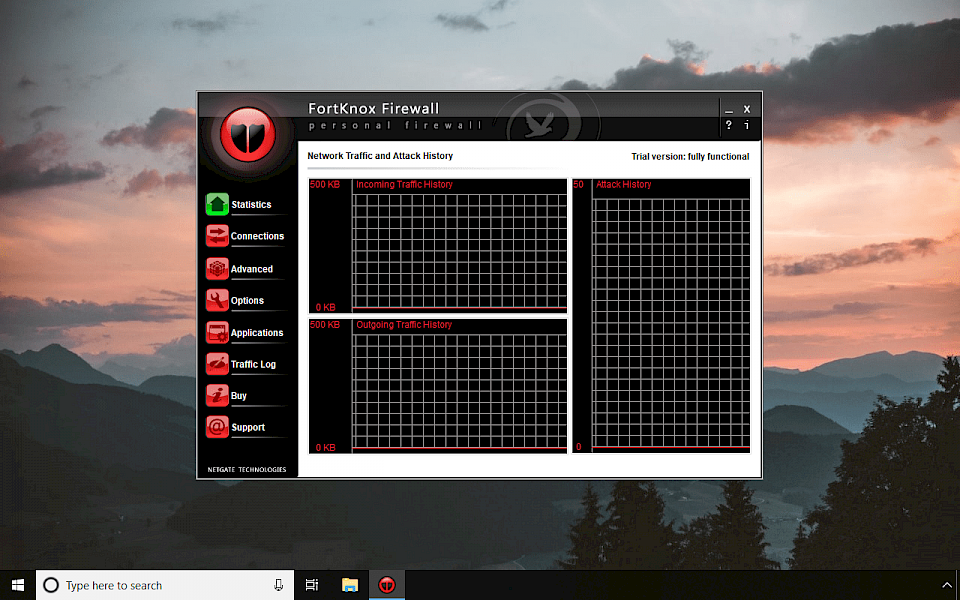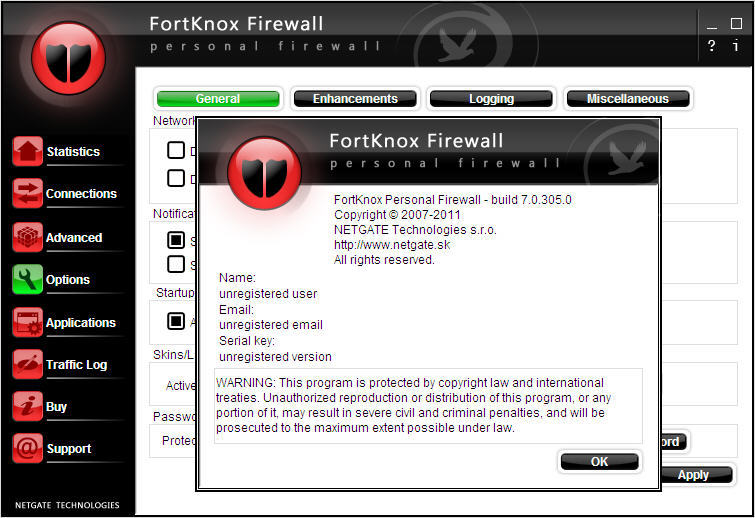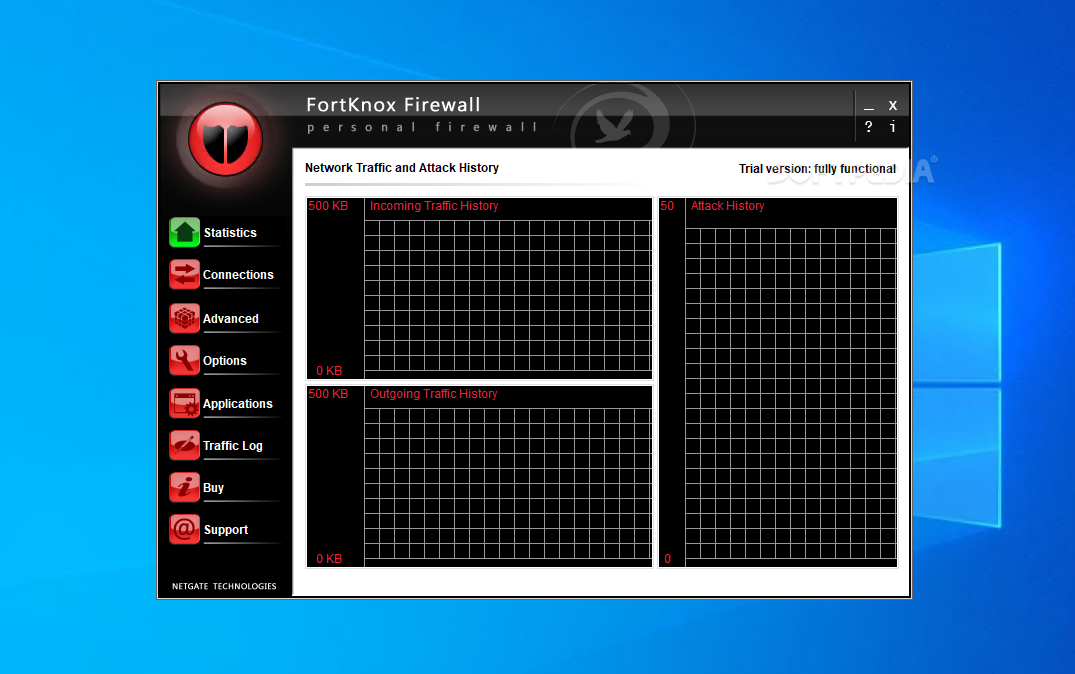


If you have a cable or DSL connection with a dynamic IP, you can use ' Any '.8: Under Original Destination : 111.1.1.1, Mention the WAN IP address ( For this example, the WAN-1 Interface IP is 111.1.1.1 )įor Original Destination or WAN IP Address. 7: Set Feild Original Services / Port : 80 ( For this example, the HTTP service uses port 80 ). 6: Under 'Incoming Box', Set Zone : WAN (This will typically be the interface that connects your NetXGATE unit to the Internet).

And for Protocol : TCP or UDP or TCP/UDP (Depend On Application.For this example, we uisng TCP) and If u need Log enables it. 5: Under 'Protocol Box', Set Action : Forward. 4: Under 'Control Box', Rule Name : Enter a description related to the rule being configured for your reference. 3: Click the + (Add) icon over ‘Port Forward Rules ’ window to add a New Port Forward. 2: Go to Configuration > Firewall / NAT, Select Port Forward. Note- This example describes how to configure port forwarding to allow access to an internal WebServer with the HTTP access protocol which uses the default port of 80.ġ: Login to NetXGATE NG Firewall. Port forwarding uses an IP address plus port number to route network requests to specific devices.īelow steps shall be followed to configure Port Forwading in NetXGATE Firewall. How to Configure Port Forwading Description: Port forwarding is the process to open specific ports and allow connections from the Internet or out side of the local network to reach a server located behind the Firewall This allows Internet users to reach the server through the NetXGATE without knowing the server’s internal IP address.


 0 kommentar(er)
0 kommentar(er)
